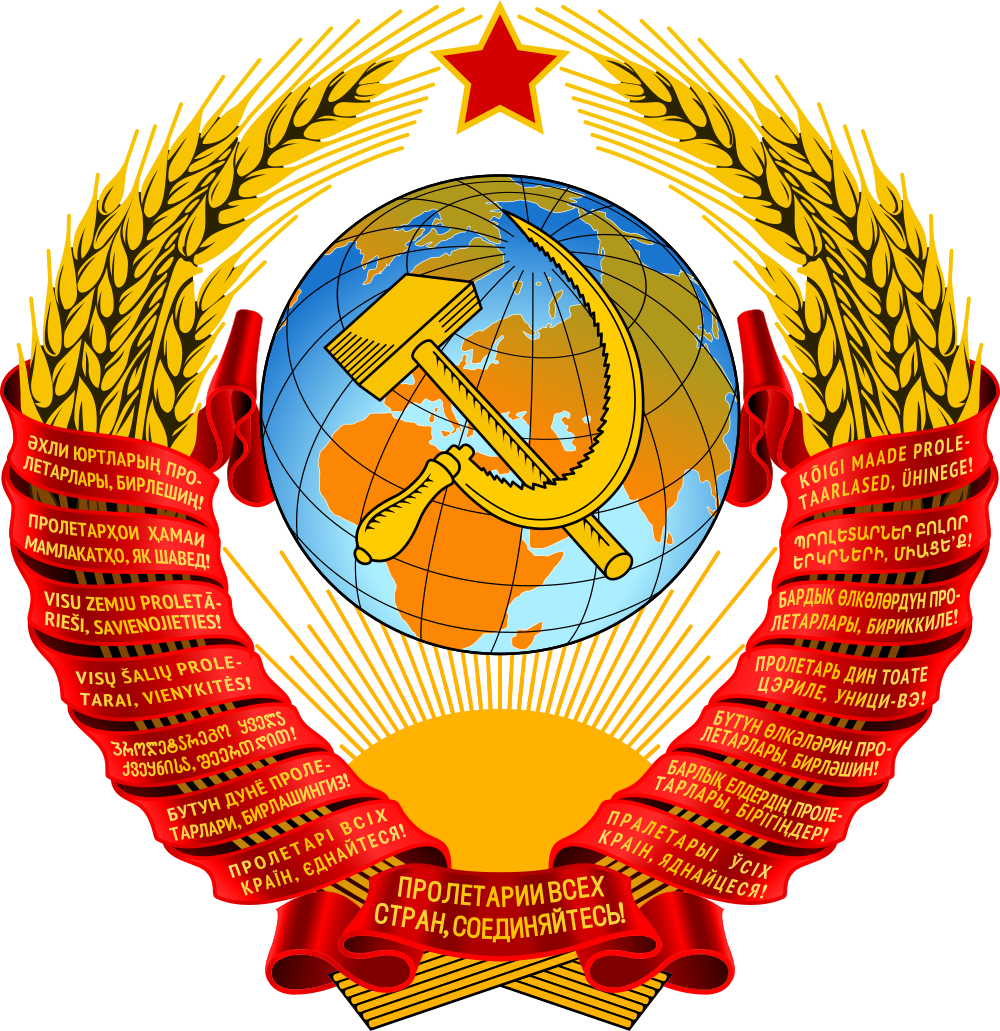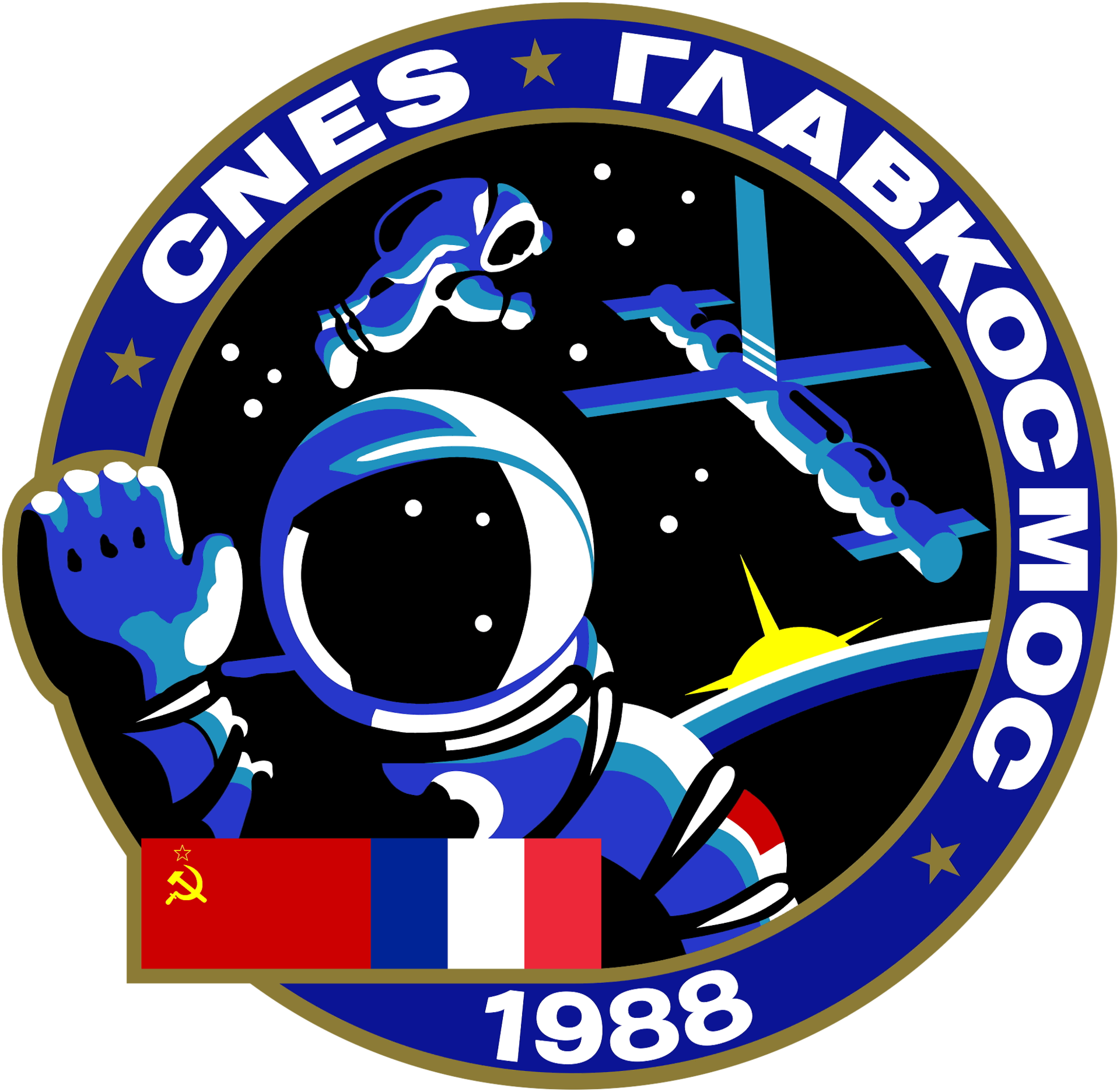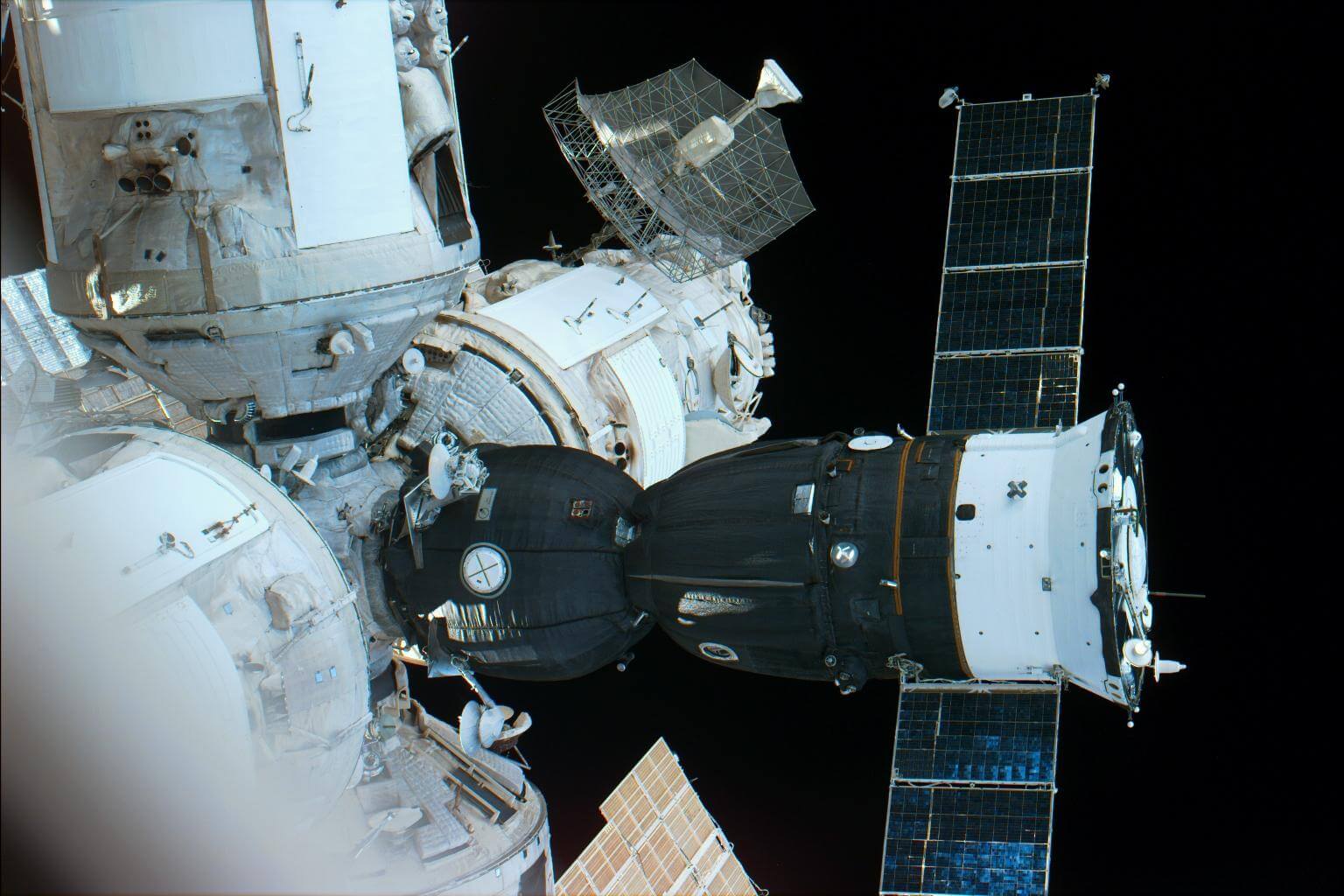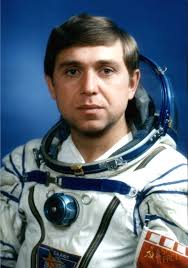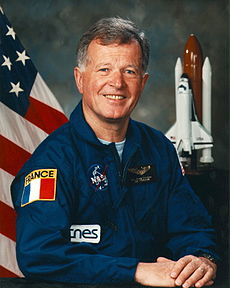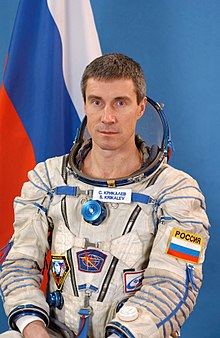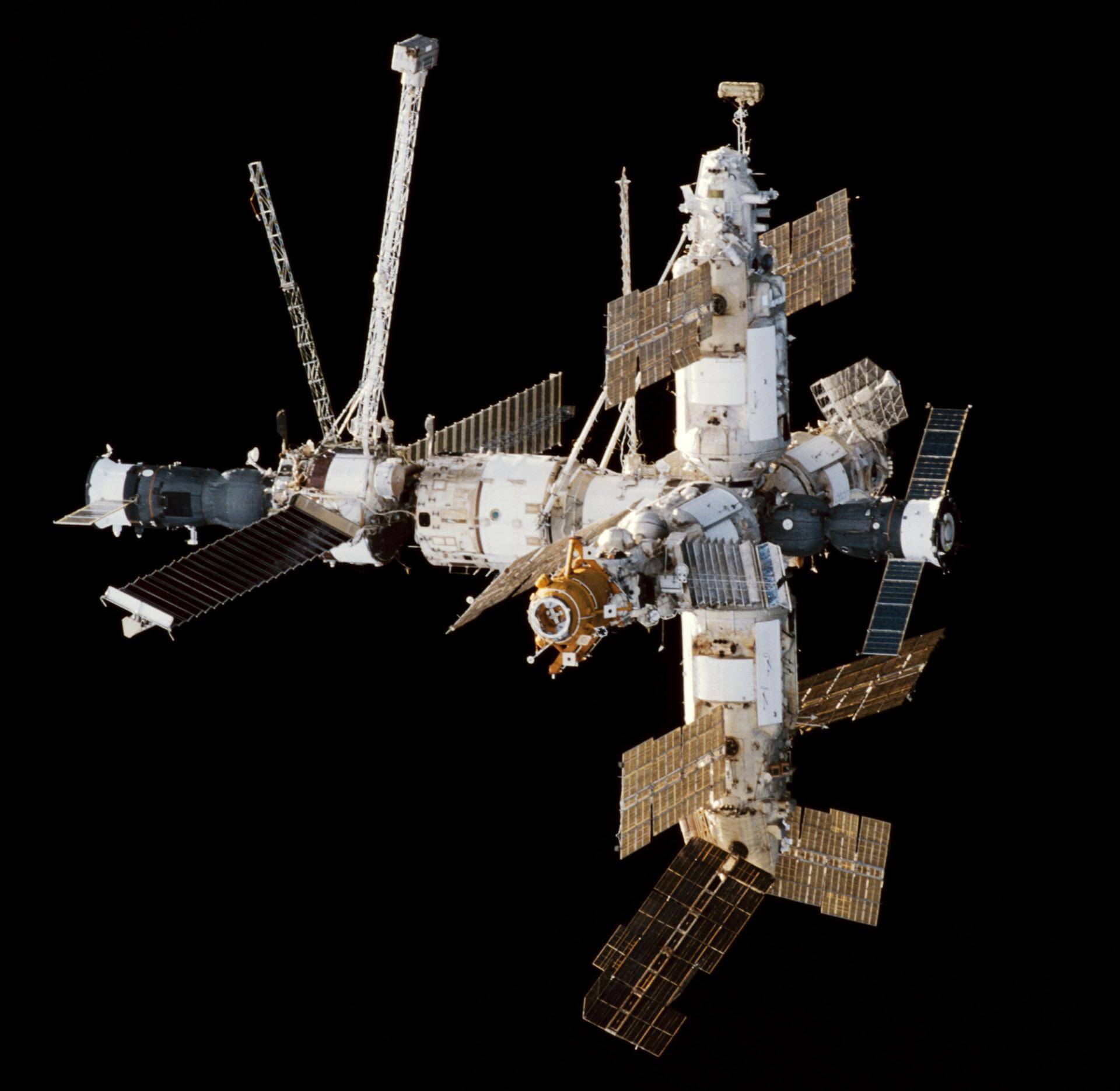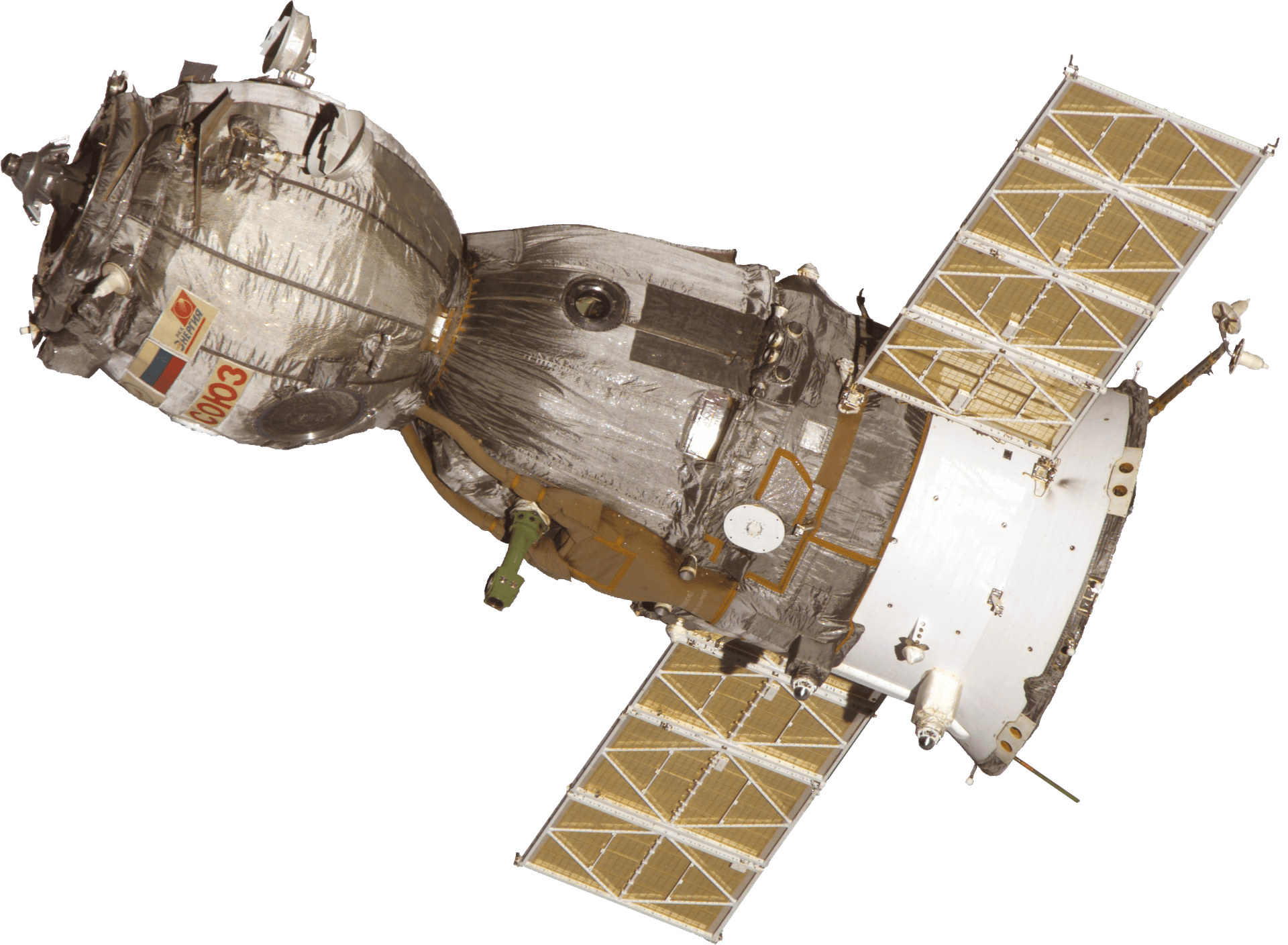Soyuz-U2 | Soyuz TM-7
1/5
Baikonur Cosmodrome, Republic of Kazakhstan
T?
--
Days
:
--
Hours
:
--
Mins
:
--
Secs
Date Loading...
Soviet Space Program
The Soviet space program, was the national space program of the Union of Soviet Socialist Republics (USSR) actived from 1930s until disintegration of the Soviet Union in 1991. The Soviet Union's space program was mainly based on the cosmonautic exploration of space and the development of the expandable launch vehicles, which had been split between many design bureaus competing against each other. Over its 60-years of history, the Russian program was responsible for a number of pioneering feats and accomplishments in the human space flight, including the first intercontinental ballistic missile (R-7), first satellite (Sputnik 1), first animal in Earth orbit (the dog Laika on Sputnik 2), first human in space and Earth orbit (cosmonaut Yuri Gagarin on Vostok 1), first woman in space and Earth orbit (cosmonaut Valentina Tereshkova on Vostok 6), first spacewalk (cosmonaut Alexei Leonov on Voskhod 2), first Moon impact (Luna 2), first image of the far side of the Moon (Luna 3) and unmanned lunar soft landing (Luna 9), first space rover (Lunokhod 1), first sample of lunar soil automatically extracted and brought to Earth (Luna 16), and first space station (Salyut 1). Further notable records included the first interplanetary probes: Venera 1 and Mars 1 to fly by Venus and Mars, respectively, Venera 3 and Mars 2 to impact the respective planet surface, and Venera 7 and Mars 3 to make soft landings on these planets.
Soyuz TM-7
Soyuz TM-7 was the seventh mission to Mir space station. The mission began on November 26, 1988, 15:49:34 UTC, launching Commander Alexander Volkov, Flight Engineer Sergei Krikalyov and Research Cosmonaut Jean-Loup Chrétien. They docked with Mir two days later, meeting with the resident crew. While Jean-Loup Chrétien returned 3 weeks later, two other cosmonauts were a part of the fourth long-duration expedition on Mir. During their stay there, cosmonauts performed an EVA and various experiments in biology, medicine, X-ray astronomy, technology etc. They also carried out sky surveys, spectrographic and topographic Earth observation experiments. Crew were visited by three Progress resupply spacecrafts. Jean-Loup Chrétien returned to Earth on December 21, 1988 in a Soyuz TM-6 spacecraft. The long-duration expedition crew returned on a Soyuz TM-7 spacecraft, landing safely back on Earth on April 27, 1989, 02:57:58 UTC.
Soyuz TM-7
Serial Soyuz TM 11F732A51 #57
Launch Crew Count 3
Status Single Use
Landing Time 1989-04-27T02:57:58+0000
Crew
Aleksandr Aleksandrovich Volkov
Commander
Nationality Russian
Date Of Birth 1948-05-27
Status Retired
Type Government
Jean-Loup Chrétien
Research Cosmonaut
Nationality French
Date Of Birth 1938-08-20
Status Retired
Type Government
Sergei Krikalev
Flight Engineer
Nationality Russian
Date Of Birth 1958-08-27
Status Retired
Type Government
Soyuz-U2
Height 34.54 Meters
Max Stages 2
Mass To GTO 0 kg
Liftoff Thrust 0 kN
Diameter 2.95 Meters
Mass To LEO 7050 kg
Liftoff Mass 298 Tonnes
Launch Success 71
Consecutive Success 71
Maiden Flight 1982-12-23
Launch Failures 0
Programs
Mir
Mir was a space station that operated in low Earth orbit from 1986 to 2001, operated by the Soviet Union and later by Russia. Mir was the first modular space station and was assembled in orbit from 1986 to 1996.
Soyuz
The Soyuz programme is a human spaceflight programme initiated by the Soviet Union in the early 1960s. The Soyuz spacecraft was originally part of a Moon landing project intended to put a Soviet cosmonaut on the Moon. It was the third Soviet human spaceflight programme after the Vostok and Voskhod programmes.

